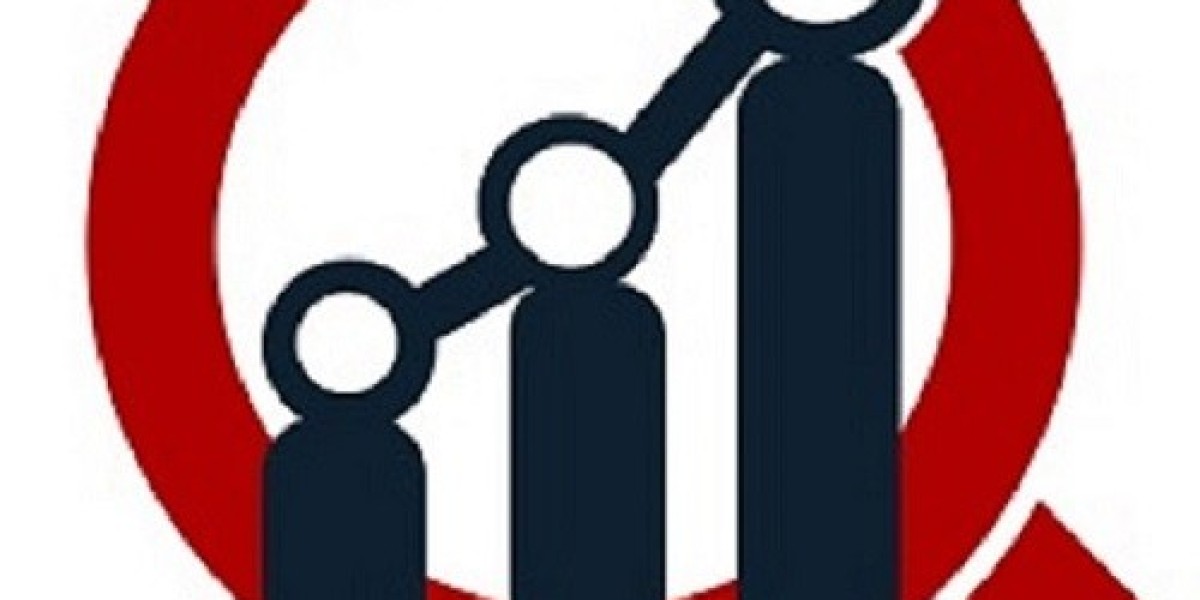SerDes: Enabling High-Speed Data Transmission in Modern Electronics
SerDes (Serializer/Deserializer) is a pair of functional blocks commonly used in high-speed communications to convert data between serial and parallel interfaces. As data transmission speeds continue to increase across networking, computing, automotive, and consumer electronics, SerDes technology plays a vital role in ensuring reliable, low-latency, and energy-efficient communication between integrated circuits (ICs).
By minimizing the number of input/output (I/O) pins and using fewer transmission lines, SerDes allows faster data transfer over longer distances with reduced electromagnetic interference (EMI) and signal degradation.
How SerDes Works
Serializer: Converts parallel data from a source (e.g., processor, memory, FPGA) into a serial stream for efficient transmission over a single high-speed channel.
Deserializer: Reconstructs the original parallel data on the receiving end, ensuring integrity and alignment for further processing.
SerDes technology is typically used in point-to-point data links and supports full-duplex transmission. Modern SerDes designs also incorporate clock and data recovery (CDR), equalization, and forward error correction (FEC) to enhance signal quality.
Key Applications of SerDes
Data Centers and Networking: Used in Ethernet switches, routers, and optical transceivers to support high-bandwidth, low-latency interconnects.
Consumer Electronics: Enables high-speed connections in devices like gaming consoles, VR headsets, and smart TVs.
Automotive Systems: Supports in-vehicle communication for infotainment, ADAS (Advanced Driver Assistance Systems), and sensor fusion.
Telecommunication Equipment: Facilitates backhaul and fronthaul communication in 5G infrastructure.
Industrial Automation: Used in high-speed data buses and control systems for robotics and machine vision.
Storage Devices: Ensures efficient data movement in SSDs and memory controllers.
Advantages of SerDes
High Data Rates: Capable of transmitting data at speeds ranging from a few Gbps to over 100 Gbps per lane.
Reduced Pin Count: Serial communication requires fewer physical connections than parallel interfaces.
Lower Power Consumption: Efficient design reduces power usage while maintaining performance.
Enhanced Signal Integrity: Advanced modulation and error correction improve transmission quality.
Market Trends and Drivers
As demand for faster data throughput, miniaturized devices, and energy-efficient systems grows, SerDes adoption continues to expand. Key trends include:
Transition to PAM4 (Pulse Amplitude Modulation) signaling to double data rates over existing channels.
Integration of SerDes in system-on-chip (SoC) architectures for reduced latency.
Expansion of AI, IoT, and 5G ecosystems requiring high-speed, low-latency data communication.
Segments Covered
By Product Type: Standalone SerDes, SerDes IP Core
By Channel Type: Single Channel, Multi-Channel
By Application: Data Center, Consumer Electronics, Telecommunications, Automotive, Industrial, Healthcare, Aerospace & Defense
By Data Rate: Less than 10 Gbps, 10–25 Gbps, 25–50 Gbps, Above 50 Gbps
By Region: North America, Europe, Asia Pacific, Latin America, Middle East & Africa
Get Related Reports:







